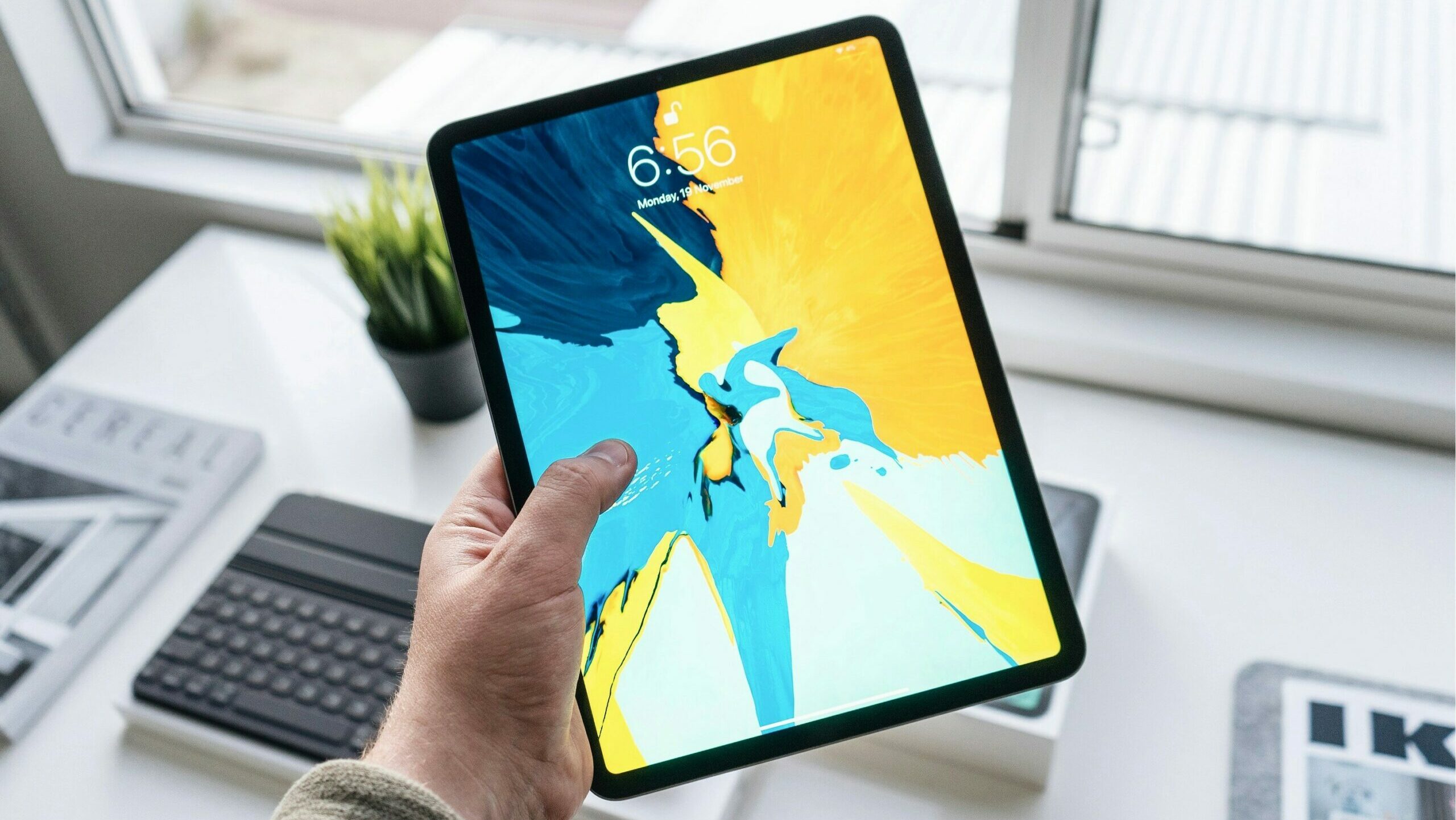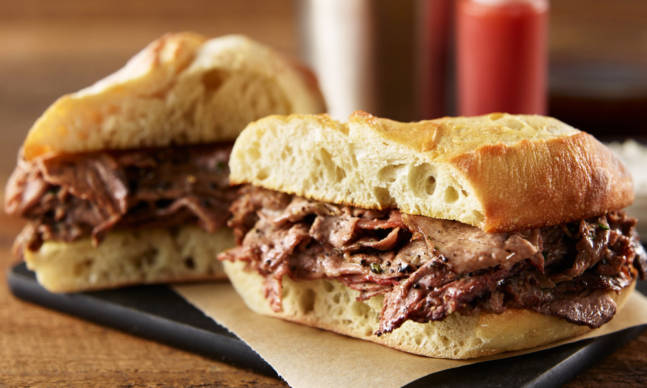There’s a small group of mad furniture scientists hard at work in the Brooklyn Navy Yard. It’s a tiny group that form a company you’ve probably never heard of., and they’re building the world’s most interesting furniture.
If there’s one piece from RockPaperRobot you might be familiar with, it’s the Float table. A series of repelling magnetic cubes form one of the most unique coffee tables we’ve ever seen. The piece was inspired by a magic trick one of Jessica Banks’s friends showed her back in the day. “I wanted to capture that moment and freeze it,” said Banks, the founder of RockPaperRobot. “Like a frozen moment of awe.”

And the Float table is awe-inspiring. It’s just as impressive in person as it is from behind a computer screen. Of course, getting one for your living room will run you a good chunk of change—the smallest size costs around $10k—but if you want a statement piece for your home that will demand the attention of every guest, it would be hard to do better. Each table is built by the tiny group and takes at least two weeks of assembly time alone to craft. Magnets have to be organized meticulously (see the image of the inside of one of the cubes) and being careless with them could result in a pretty gnarly bruise, or worse. (“Oh, you’ve got keys in your shirt pocket? Here’s a flying magnet at your chest.”)
Actually, some of the only pieces that could attract more attention than a coffee table composed of magical blocks, happen to be made by RockPaperRobot as well. There’s a chandelier that responds to the environment, so it automatically expands when you have a party and contracts when you’re having an intimate dinner; they’ve made a clock that turns and displays the time with what they call “sand arrows”; a leather chair was created that feels like it has a pulse and a heartbeat when you lean back in it; and there’s the Brag Table, which looks like a diamond about to fall over.
The common theme to all of this is what Banks calls “functional art.” Every piece is interactive in some way, and the product names are all verbs. They combine science, design, and a little bit of frozen awe. And with a growing following and close to 30 products in Banks’ mental queue, you can expect more wonderfully unique designs coming your way.












